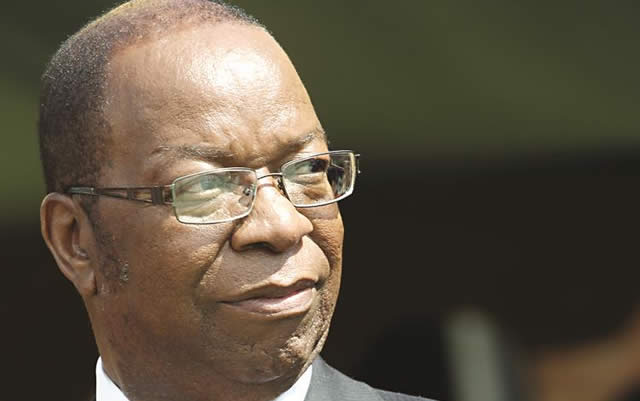Imports outstrip exports. . . Zim Q1 exports grow 15%

Oliver Kazunga, Senior Business Reporter
ZIMBABWE’S exports grew 15 percent in the first quarter of 2017 compared to the same period last year with a trade deficit of over $700 million as imports outstripped exports.
The country is implementing a range of measures to tame imports and promote exports so as to increase earnings for the economy.
Latest trade figures obtained from the Zimbabwe National Statistics Agency (Zimstat) show that during the first three months of the year, the country’s exports were $723,8 million against imports of $1,3 billion.
Since January, the value of imports has been growing from $384,78 million to $424,4 million in February to $529 million in March.
During the period under review, the level of exports have been going down from $258,7 million in January to $240 million in February while in March the exports value further dropped to $225 million.
Goods that were imported during the period under review include disposable napkins, medical and surgical apparatus and equipment, motor vehicle spare parts as well as pigeon peas, durum wheat and milled rice.
On the exports side, Zimbabwe exported tobacco, minerals and machinery spares and aluminium containers for compressed gas.
Commenting, BancABC group economist Mr James Wadi said: “With legal frameworks such as Statutory Instruments 64 of 2016, it does not automatically mean the reversal of imports lowering them than exports. Such a policy means giving local business a chance to survive by controlling the level of imports into the country”.
He said it was important to compare the seasonal figures of the country’s trade performance so as to measure how the economy is performing in terms of exports and imports.
“It is important that we compare seasonal performance for this year and that of last year. For example, last year during the same period our exports were $625 million and in the comparable period this year exports are at $724 million and this indicates a marginal improvement in exports.
“And during the same time last year, our imports were at $1,3 billion and this simply means we have managed to stagnate imports into the country. In a way, it is too early to judge economic performance based on the trade figures, but there is a need to keep watching where the figures are heading,” said Mr Wadi.
Another Bulawayo-based economist Mrs Wendy Mpofu said the country needs to continue adopting policies geared towards addressing the huge trade deficit or narrow the trade gap.
S I 64 of 2016, which removes a range of products from the Open General Import Licence, has so far yielded positive results. Since its implementation mid-last year, the policy has resulted in import savings of $1 billion, Vice President Emmerson Mnangagwa reported last week.
Since the liberalisation of the economy in February 2009, Zimbabwe has become a net importer of goods particularly from neighbouring South Africa and the Far East.
Last year, the Government promulgated SI64/2016, which removes several goods from the Open General Import Licence to control the level of imports into the country while at the same time allowing local industry to become competitive.
@okazunga











Comments